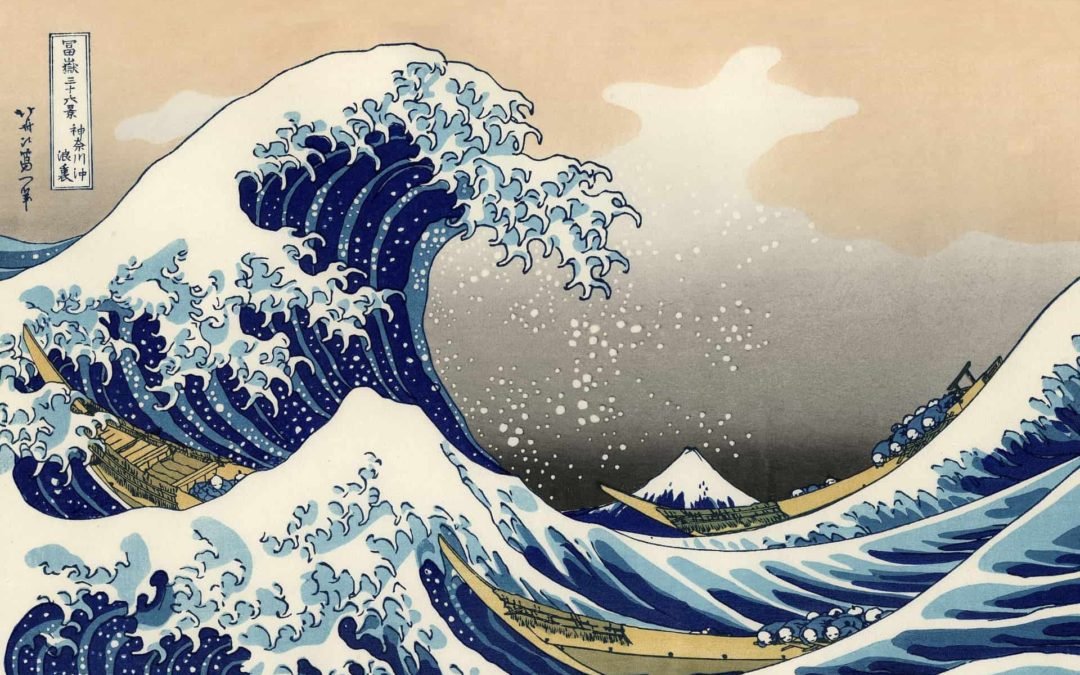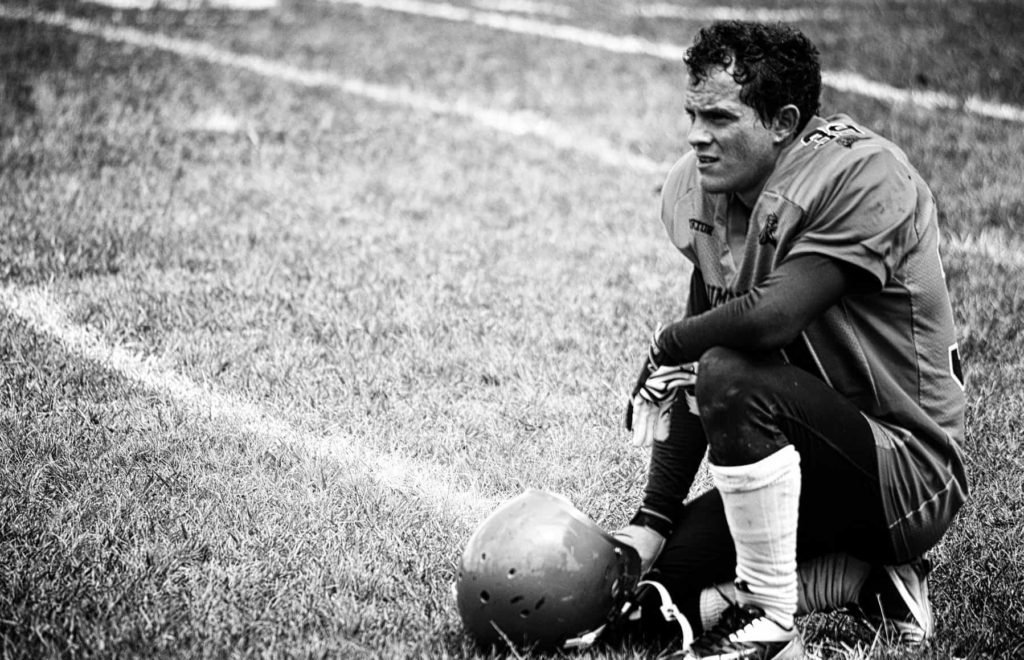One of the greatest tools the ancient Stoics gave us is Premeditatio Malorum, the premeditation of evils.
Unlike the ever more popular positive visualization in today’s self-help community, Premeditatio Malorum is quite literally the opposite of that – negative visualization.
In this article, we will explore the ‘how’ and ‘why’ of this ancient exercise.
Contents
How Negative Visualization Works
The guiding principle behind the concept of negative visualization is simple; visualize all the things that could go wrong in your life.
In doing so, you mentally prepare for the inevitable adversities in life and also gain a sense of gratitude that your life hasn’t gone into complete chaos.
There are three ways of doing negative visualization, so let’s take a look at all of them.
Visualizing Daily Inconvenience
“How absurd – and a complete stranger to the world – is the man surprised at any aspect of his experience in life.” – Marcus Aurelius
This is the simplest version of negative visualization and the best one to start with.
Before you start your day, run through what you expect your day to look like in your mind, then picture all those events in your day going sideways.
You could do this before you get out of bed, during your morning shower, during your morning commute etc.
For the most part, this version of the exercise is to visualize small things going wrong such as getting late to somewhere or getting a flat tire.
However, if you have anything significant happening that day, a meeting, an exam or a date that you really care about, those are also things you can visualize going wrong.
By visualizing these daily inconveniences every morning, you are essentially training your brain to not be phased by unexpected setbacks in your day.
So when such things do happen, you would be able to react calmly and handle it with maturity and precision.
Over time, it will also make you a less reactive person, which is a common trait amongst successful individuals.
Visualizing Major Setbacks
“Rehearse them in your mind: exile, torture, war, shipwreck. All the terms of our human lot should be before our eyes.” – Seneca
Visualizing major setbacks is a more amplified version of the previous exercise.
As the name suggests, this version of negative visualization is all about the more significant adversities in life.
Unlike the previous exercise, this doesn’t need to be done daily. Once in a while would suffice.
The difficulties to visualize here is on a much bigger scale; these are some examples of things to imagine:
- Getting fired
- Getting kicked out of college
- Losing your legs
- Having a major project fail
- Getting your car stolen
- Going to prison for a crime you didn’t commit
- Anything that is a big fear of yours
Visualizing adversities on this level is much more difficult, but you will also get more out of it.
The key to these visualizations is to not only picture the things going wrong, but also the ‘aftermath’. Think about what you would do if it were to happen.
Through this exercise, you will often realize that even if those things did happen, life still goes on. And that you will be okay.
Imagining these significant setbacks in life will also make you practically invincible to the more common smaller setbacks.
Visualizing Loss
“Devastation – the feeling that we’re absolutely crushed and shocked by an event, is a factor of how unlikely we considered that event in the first place.” – Ryan Holiday
Visualizing loss is undoubtedly the most mentally challenging version of Premeditatio Malorum.
As opposed to minor inconveniences or major setbacks, this time you would be visualizing the loss of a loved one. It could be a parent, partner, child, friend or even pet.
The proper way to approach this exercise is to make sure you have a quiet and distraction-free space to meditate upon the imaginary death of a loved one. Set aside at least 30 minutes for this.
The key is to vividly imagine what it would be like if that person disappeared from your life. Live through the scenario in your mind, experience the emotions. (If you feel like crying, go for it.)
Doing this will make you realize the inevitability of that situation, that you might have to face it one day. This will make you appreciate that person more and be grateful that they are in your life.
P.S. Another version of this is to imagine your own death, which is just as powerful.
The Benefits of Negative Visualization
Sense of Gratitude
As I briefly mentioned above, living through horrifying scenarios in your mind can be quite a cathartic experience.
By doing the exercise, you will gain a newfound appreciation of things and people in your life; You will realize that everything could be so much worse right now, but it isn’t.
All of a sudden what you might have been previously complaining about in your life might not seem so bad anymore.
You will become a happier person.
More Perseverance
“If you would not have a man flinch when the crises comes, train him before it comes.” – Seneca
One of the true marks of a Stoic is the ability to remain calm no matter the situation.
By running all the ways something could go wrong in your mind all the time, you are training your mind to be expecting obstacles at every turn.
How could anything catch you off guard if you are always expecting the unexpected?
Thus, the more you do the negative visualization exercise, the less you will be caught off guard. You will always be ready to handle whatever situation when it arises.
At the same time, you will be able to endure more difficulties, and this will make you a more reliable person.
Voluntary discomfort is also a great Stoic exercise to build resilience.



























[…] you are a student of Buddhism, give some Stoic exercises a go. Voluntary discomfort or negative visualization are both great places to start. You could also check out our free 7 Stoic Exercises […]